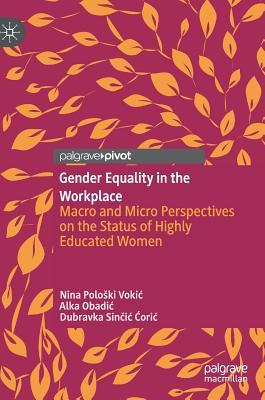Focusing on the status of highly educated women in the workplace, this book examines how a particular demographic and workforce group can help to close the gender gap worldwide. Despite contributing to the substantial fall of differentials between men and women on a global scale, the demographic of highly educated women is rarely explored in terms of its impact on gender equality. Drawing on both macro- and micro-level perspectives, this book analyses the theory behind gender segregation and initiatives for women's inclusion, as well as offering empirical accounts of women's experiences in the workplace. The authors have written a timely and valuable book that will appeal to both researchers of diversity and inclusion in the workplace, but also policy-makers and practitioners involved in HR.

Gender Equality in the Workplace: Macro and Micro Perspectives on the Status of Highly Educated Women
Focusing on the status of highly educated women in the workplace, this book examines how a particular demographic and workforce group can help to close the gender gap worldwide. Despite contributing to the substantial fall of differentials between men and women on a global scale, the demographic of highly educated women is rarely explored in terms of its impact on gender equality. Drawing on both macro- and micro-level perspectives, this book analyses the theory behind gender segregation and initiatives for women's inclusion, as well as offering empirical accounts of women's experiences in the workplace. The authors have written a timely and valuable book that will appeal to both researchers of diversity and inclusion in the workplace, but also policy-makers and practitioners involved in HR.